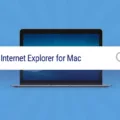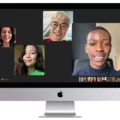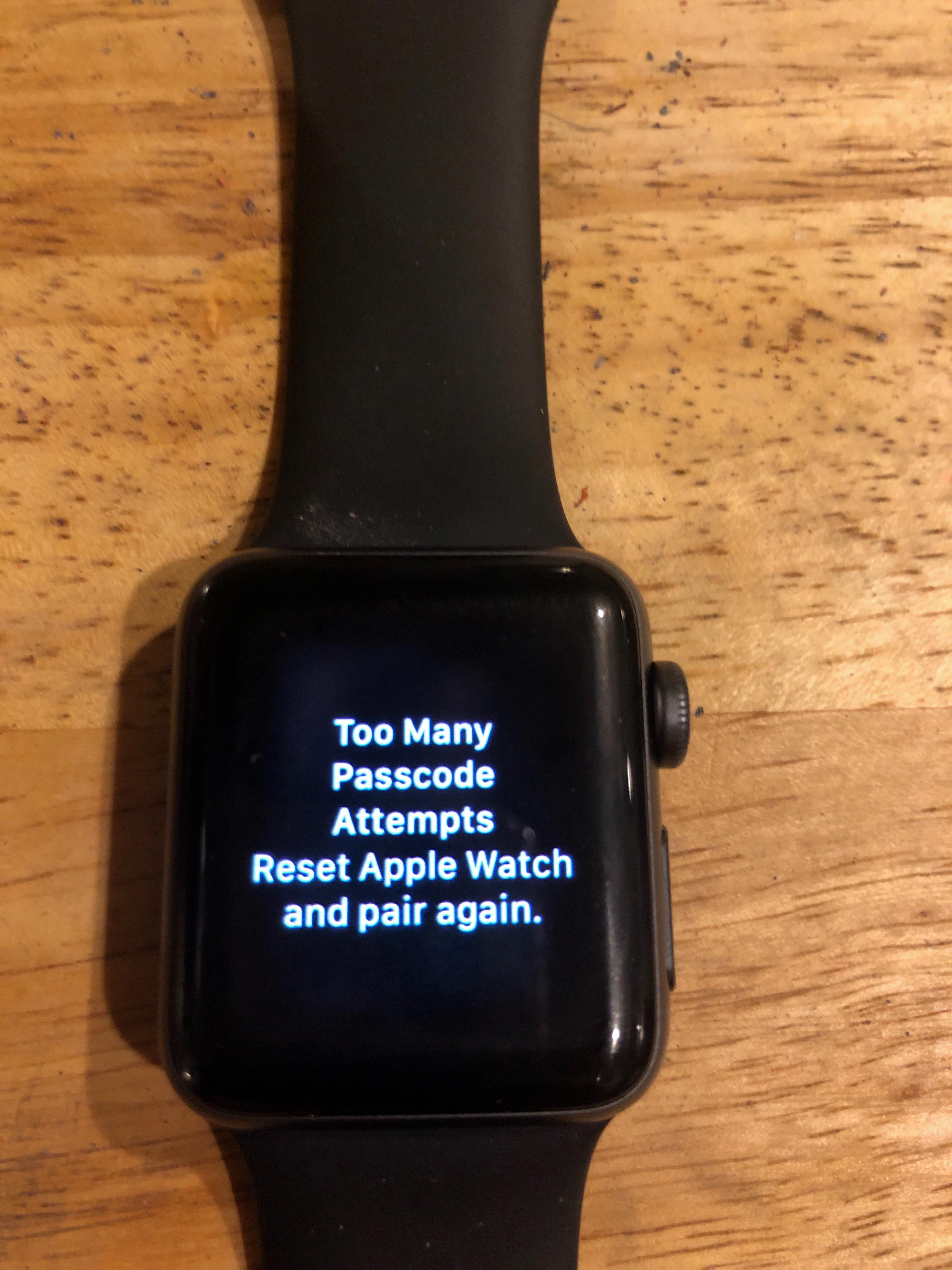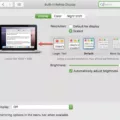Unlocking a MacBook Pro is not always a straightforward process, especially if you’ve forgotten the password. Fortunately, there are a few methods that can be used to unlock your MacBook Pro in 2020.
If you’ve set up FileVault encryption for your Mac, then the fist step is to use the Recovery Key or iCloud credentials to unlock it. To do this, power on your Mac and hold down Command-R until the Apple logo appears. You will then be asked to enter either the Recovery Key or your iCloud credentials. If both of these methods fail, try restarting and holding down Option-Command-R until the macOS Utilities window appears; select “Recover from Time Machine Backup” and follow the onscreen instructions.
If you haven’t enabled FileVault encryption, then you can try using Apple ID credentials instead. First, power on your Mac and hold down Command-Option-P-R until you hear two startup chimes; this will reset the NVRAM settings on your Mac. Once reset, type in your Apple ID credentials when prompted; if successful, it shold unlock your MacBook Pro.
If none of these methods work, then you may need to contact Apple support for further assistance. They may be able to help you recover access to your device by verifying certain information about yourself or providing additional authentication steps. Keep in mind that accessing a locked device without permission is illegal in some jurisdictions; attempting any of these methods may void any remaining warranty coverage on your device as well.
In conclusion, unlocking a MacBook Pro without a password is possible but requires careful consideration of varios security features such as FileVault encryption and Apple ID authentication. Be sure to carefully consider all available options before attempting any of these methods as they may have legal consequences or void warranty coverage if done improperly.
Bypassing a Password on a Mac
To bypass a password on a Mac, you will need to enter Single-User Mode. To do this, power off your Mac and turn it back on. Once the system starts booting up, press and hold down the Command (?) + S keys simultaneously. This will bring up a black screen with white text.
At the command prompt, type “/sbin/mount -uw /” to mount the root directory as read-write. Then type “launchctl load /System/Library/LaunchDaemons/com.apple.opendirectoryd.plist” to start the Directory Service daemon. Finally, type “passwd username” where username is the account whose password you want to reset and follow the prompts to set a new password for that account. When finished, reboot your Mac using “reboot” at the command prompt and log in with your new password!
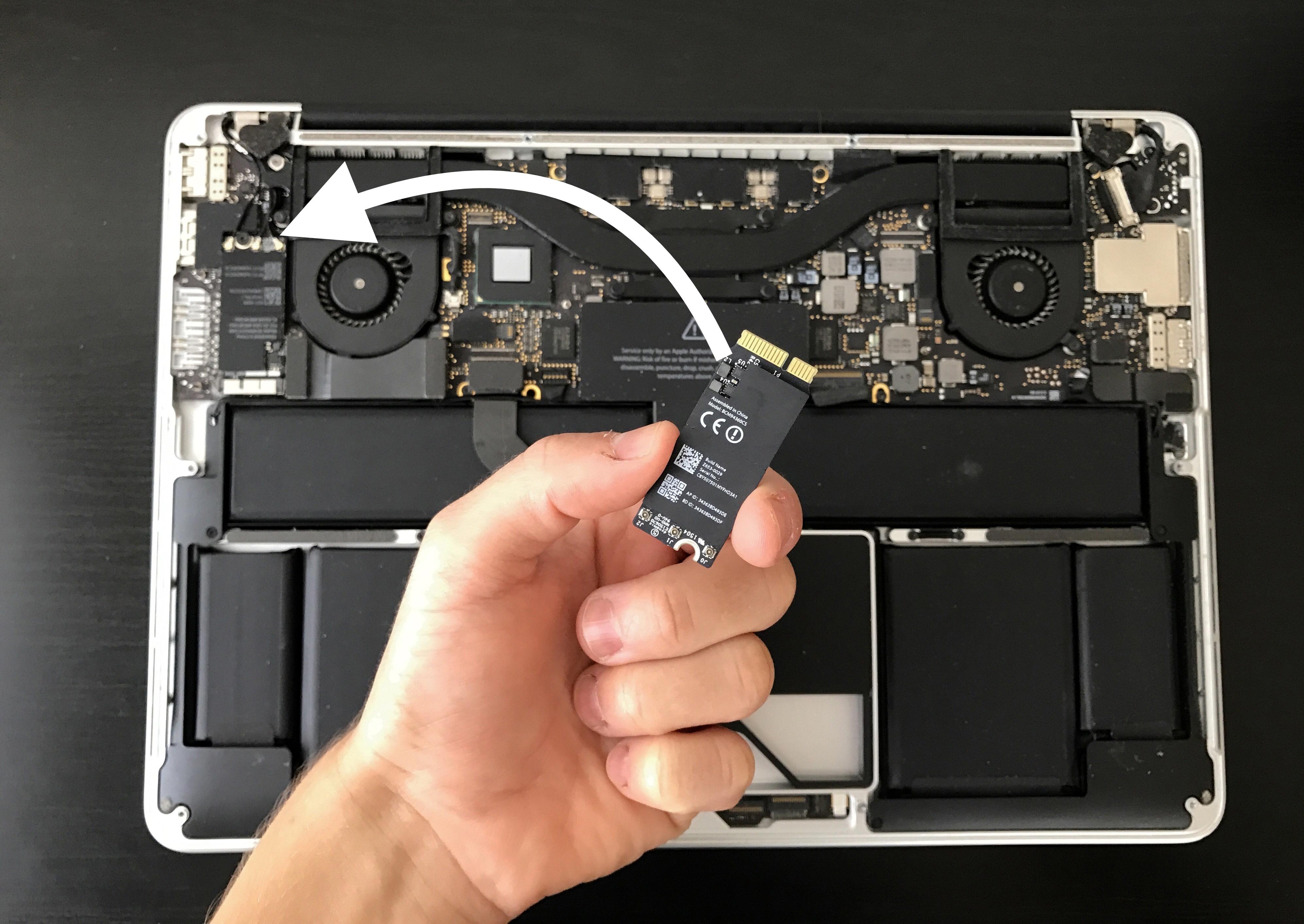
Source: watchaware.com
What To Do When Locked Out of Mac
If you are locked out of your Mac, the first thing you should do is try to use your Apple ID and password to log in. If this doesn’t work, you will need to reset your password uing one of the other authentication methods available. Depending on the type of authentication you used when setting up your Mac, you may be able to reset your password using either an iCloud Security Code or an Apple ID recovery key.
If you’ve forgotten or lost your Apple ID recovery key, you can use the Find My iPhone app on anoter device to reset your password. You can also contact Apple Support and they may be able to help you reset your password.
Finally, if none of the abve options work, you may need to erase and reinstall macOS on your Mac. This will require backups of any files that have not been synced with iCloud or stored elsewhere.
Performing a Hard Reset on a MacBook Pro
To hard reset a MacBook Pro, start by turning on your Mac and pressing and holding the four keys: Option, Command, P, and R. You should hold these keys together for aout 20 seconds before releasing them. This will clear all user settings from memory and restore certain security features that may have been altered. After doing this, your Mac will restart with the factory settings. If you need to go further and completely erase all data from your hard drive, you can do a power cycle by pressing and holding the power button until it shuts down completely, then turning it back on again.
Unlocking a Locked Macbook Pro
Yes, you can unlock a locked Macbook Pro. To do so, you will need to use the Find My feature on your Mac. When you lock it, it will generate a passcode that you can use to unlock it. If you do not remember the passcode, then you have thee options:
1. Sign in to iCloud.com/find, then select your Mac from the Devices menu and select Unlock. You will then be asked to verify your identity with Apple before unlocking the device.
2. Contact Apple Support for help with unlocking your device.
3. Take your device to an Apple Store whre a specialist can help you unlock it.
Bypassing a Login Password
The best way to bypass a login password is to use the Windows Run command. First, press the Windows key + R to launch the Run command box. Then type netplwiz and hit Enter. This will open the User Accounts dialog box. Select the user you want to automatically log in to and uncheck the option “Users must enter a user name and a password to use this computer”. Finally, click OK. This will enable you to bypass the login password for that specific user account. Please note that this method will only work if your computer is not connected to a domain, as domain-connected computers usually require authentication before allowing access.
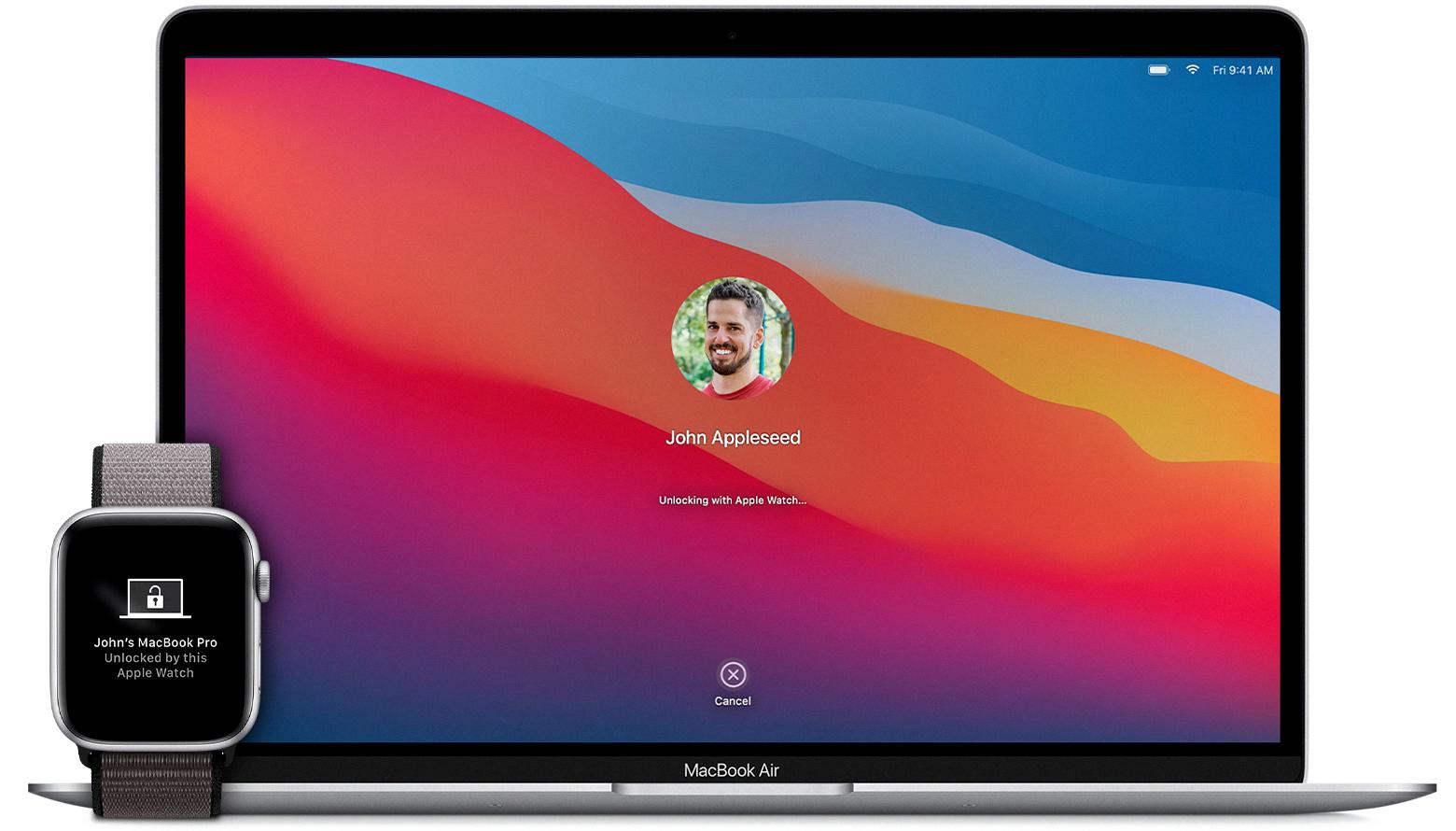
Source: support.apple.com
Wiping a Mac and Starting Over
To wipe your Mac and start over, you will need to factory reset it. To do this, frst click the Apple icon in the menu bar at the top-left corner of your screen. Then select System Preferences from the drop-down menu. Next, select ‘Erase All Contents and Settings’, and enter your password when prompted. After that, select the ‘Erase All Content & Settings’ button to begin the reset process. This will delete all of your data and settings, allowing you to start fresh with a new installation of macOS Monterey.
Resetting a MacBook Air Without a Password
In order to reset your MacBook Air without a password, you will first need to restart your computer whie holding down the Command (Cmd) + Option (Opt) + R keys. Once it boots up, select “Disk Utility” from the Utilities menu. From the View popup menu, select “Show all Devices”. Select the startup drive device (which should be at the top left side with a make/model number as its name). Erase it using Mac OS Extended (Journaled). Once that is complete, quit Disk Utility and then reinstall Mac OS. After reinstalling Mac OS you will no longer need a password to log in.
Resetting a Laptop Without a Password
Yes, it is possible to reset a laptop without the password. Doing so will completely remove all of your documents, photos, music, programs, apps and settings. To reset your laptop to its original factory settings you need to access the BIOS or UEFI setup screen. This can usully be done by pressing a specific key (e.g. F2 or DEL) during the boot process. Once in BIOS/UEFI setup you will need to find a “Reset” or “Restore Defaults” option. You may also need to select an option like “Load Setup Defaults”. After selecting this option you should save and exit BIOS/UEFI setup and your laptop will then begin the reset process. Please note that this process may take some time depending on how much data needs to be erased and how fast your laptop is.
Booting Up in Safe Mode
To boot up in safe mode, press and hold the power button on your phone until the animation starts. Then, while stil holding the power button, press and hold the volume down button until the animation ends. Once your phone has finished booting up, you’ll see “Safe mode” at the bottom of your screen. To exit safe mode, simply restart your phone normally by holding down the power button until you see the animation again.
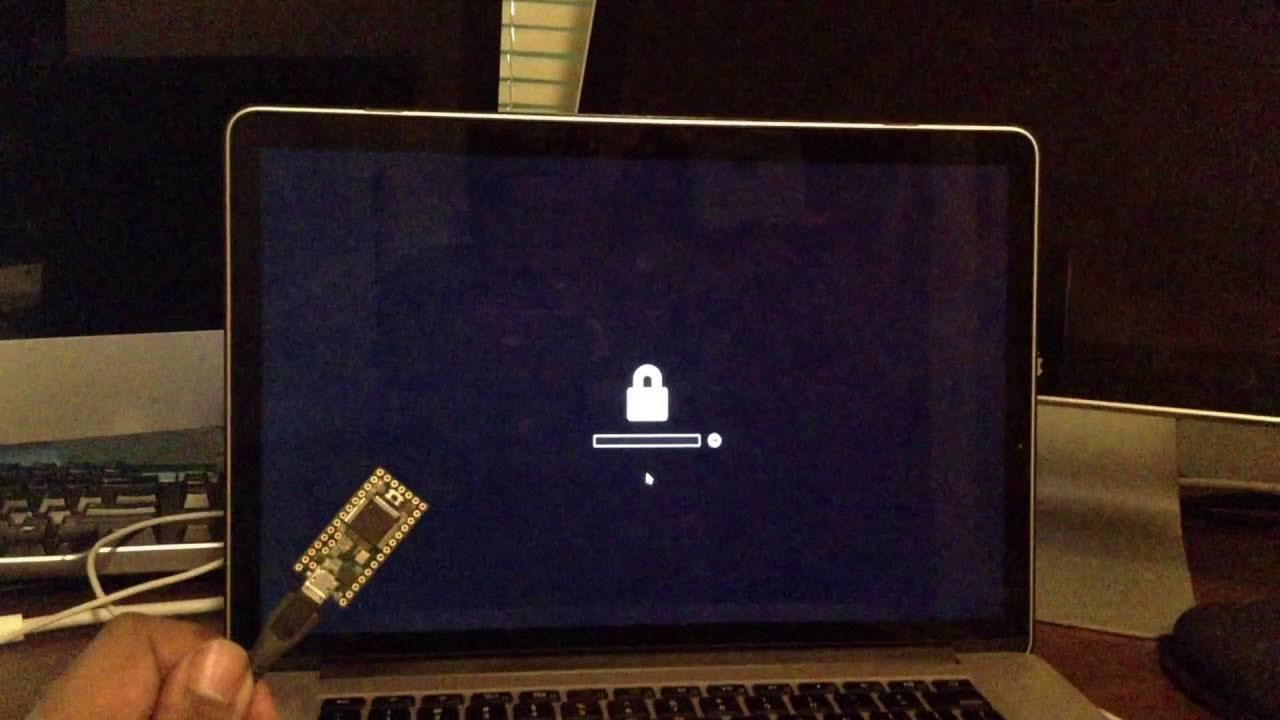
Source: youtube.com
Default Admin Password for Macbook Pro
The Macbook Pro does not have a default admin password. Instead, you will need to create your own username and password during the initial setup process. If you forget your user name and/or password, you can reset them by following the steps outlined on Apple’s support page. It is important to choose a strong password that is not easily guessed and to keep it secure by usig two-factor authentication whenever possible.
What to Do If You Have Forgotten Your Mac Administrator Password
If you forgot your administrator password on a Mac, don’t worry – it’s easy to reset. First, restart your Mac and press and hold the Command + R keys until you see the Apple logo. Next, go to the Apple Menu at the top and click Utilities. Then click Terminal and type “resetpassword” in the terminal window. Hit Enter and then type your password and a hint. Finally, click Restart to complete the process.
Overriding an Administrator Password on a Mac
Yes, it is possible to override an administrator password on a Mac, but you must have access to the computer first. To do this, you can use the reset password utility in the Utilities folder on your Mac. This will allow you to select a drive and user, then enter a new password and password hint for your admin user. After saving, restart the Mac to apply the changes and gain access with the new password.
Conclusion
The Unlock MacBook Pro is a great solution for those looking for an easy and efficient way to unlock teir device. The process is quick and simple, allowing users to regain access to their MacBook Pro in no time. The software provides an intuitive interface that makes it easy for users of all skill levels to understand and use the application. Furthermore, the reliable software offers strong encryption protection, ensuring that all sensitive data remains secure. With its robust security features and straightforward design, the Unlock MacBook Pro provides a dependable solution for those who need to gain access to their device quickly and securely.

